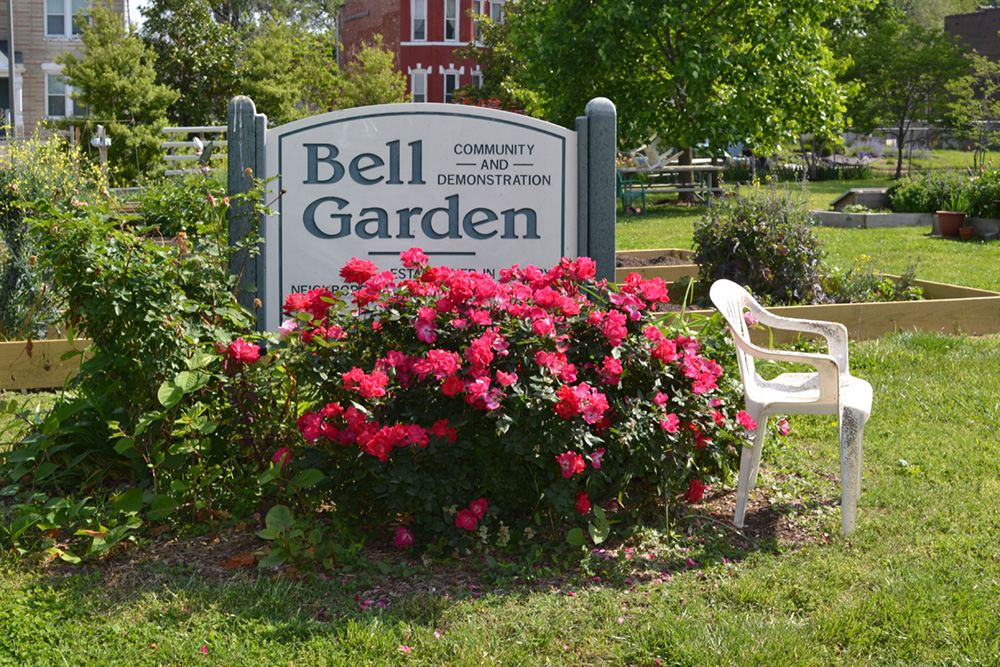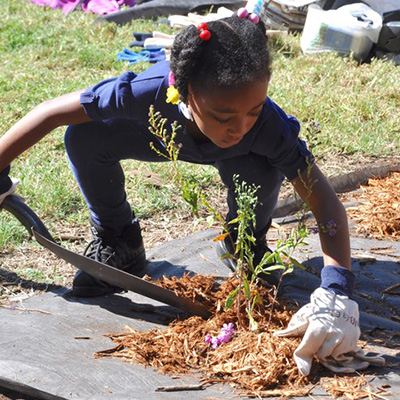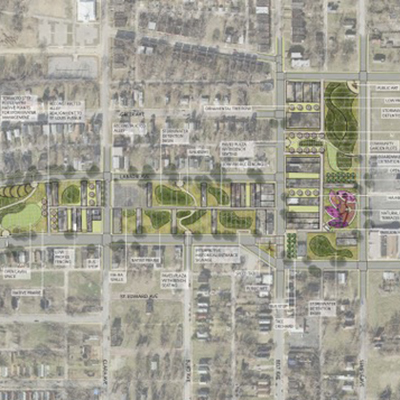
Environmental Justice & Equity
In 2021, the Foundation Board voted to expand its priorities to address urban environmental justice in St. Louis City and North County, through the improvement of community green spaces in St. Louis City and County.
The Foundation supports projects that advance environmental justice and equity in ways that also promote environmental, ecological, and/or healthy climate outcomes.
It seeks to engage and partner with St. Louis nonprofit organizations, neighborhood groups and government bodies focused on social and economic development of St. Louis City and North County. In so doing it is committed to being guided by neighborhood voices, while reflecting on the best environmental conservation practices. Of paramount interest to the Foundation is improving the quality of life, and fostering community-based collaboration in project design and delivery.
While this area is evolving, the intention is to support efforts designed to benefit disadvantaged communities in the St. Louis Region, particularly low-income communities and people of color. The Foundation is interested in supporting projects that target areas where people are disproportionately burdened by environmental conditions, and health issues associated with poor air quality, compromised water quality, extreme heat, and the presence of lead.
The Foundation's first environmental justice project included the conversion of vacant properties into neighborhood open space with native plantings that encourage stormwater absorption. Potential areas of interest include projects utilizing natural climate solutions, such as tree planting.
Examples of Potential Eligible Costs
- Eligible costs stated on the natural resource conservation page
- Neighborhood engagement
- Stipend for stakeholders
- Neighborhood watch program
- Community-centered planning and design
- Construction drawings and specifications
- Demolition of derelict vacant structures for green space or complementary infrastructure
- Responsible disposal of demolished building materials
- Site preparation and earthwork, including the removal of invasive species (excluding herbicides)
- Soil testing, soil amendments, and regrading
- Excavation of hazardous or unwanted material
- Clean-up/removal of debris and trash
- Landscaping tools, equipment and storage
- Prevention of illegal dumping
- Seeding of native species
- Conversion of vacant lots to community gathering spaces, such as mowed lawn
- Landscaped borders for mowed lawn
- Walking paths
- Signage
- Benches
- Fencing



